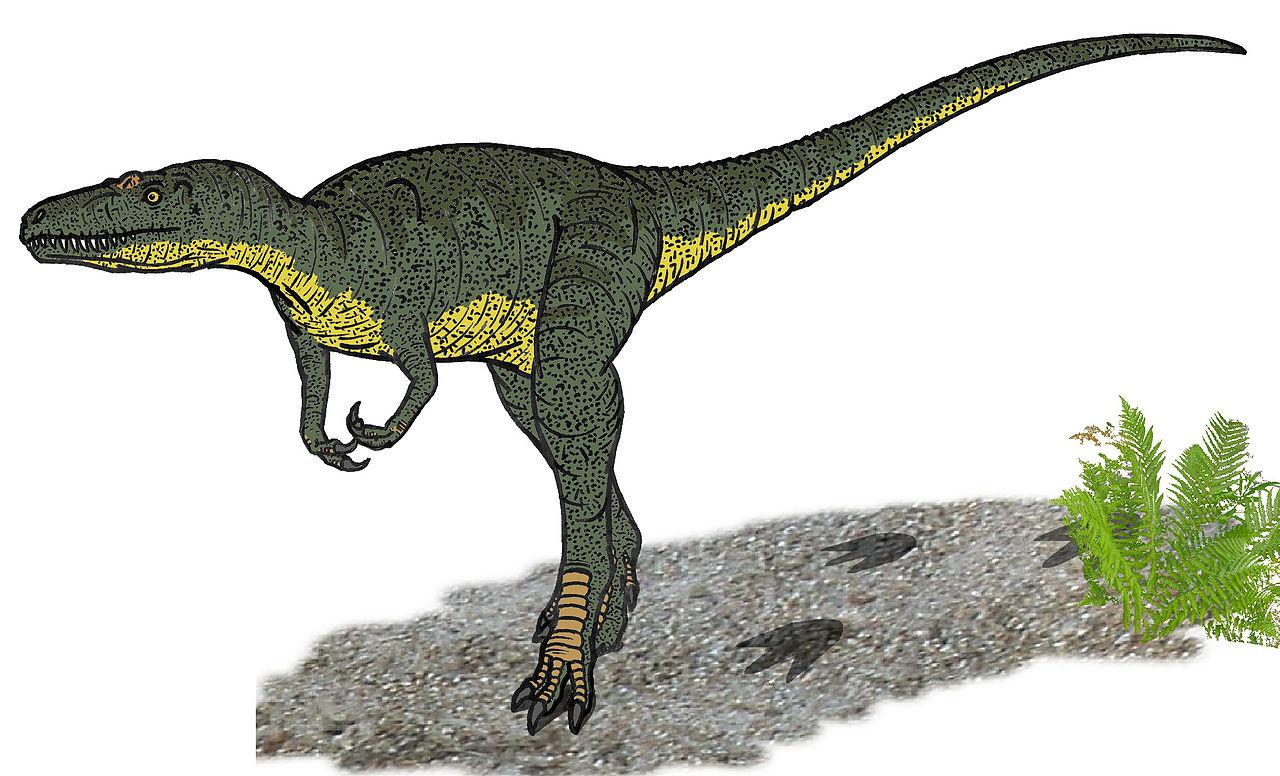From these detail, it sounds like a top predator. And yes, there can be more than one top predator in the same area. Wolves exist in the same places as large cats, humans, and other predators. The key is to keep them from overlapping too much, and when they do overlap, who backs down and why? Maybe they fight for a kill, the ability to hunt, or maybe just on sight.
Jackals, lions, and predator birds all have the same area they hunt and are all top predators, but within that, have a sub hierarchy. The lion generally get to feed first, even when a jackal makes a kill the lions notice. The lion might have to fight for it, but they generally get to eat first. Once they are done, the jackals eat, and then anything else that hasn't made their own kill that day.
Also, the predator birds generally go for smaller prey that a lion wouldn't care about, but will take advantage of a fresh carcass. A jackal might eat the same small stuff as a bird, so there's still overlap there.
And something with those claws at that size would likely also compete with humans for food, too. It kind of depends on their speed, too. If the geckos are slow like monitor lizards, they might not have much of an advantage even with the claws. But if they are quick like alligators and crocodiles, then there's a good chance the other top predator could also be prey to these geckos.
Humans have only a few advantages of speed and intelligence when it comes to hunting, and our speed, stealth, power, and many other aspects aren't even that great when compared to other top predators. The only thing that really sets us apart is our use of tools. In a post-apocalyptic setting, those tools get much harder to come by. When there isn't any manufacturing happening and people start hoarding thing pre-apocalyptic, thing disappear quickly, as the current pandemic has shown.
Wolves were domesticated to help humans hunt. They are a top predator, pack animal, and intelligent, so they are fairly easy to train. If the geckos fall into this territory, like I think they would, they would also be a subject for domestication. This goes double if they are a match for the surviving dogs and can get into settlements to steal food by killing the dogs. Even if some groups of humans try to eradicate the nuisance large geckos, others will try to domesticate them.
So really, there's a lot of room for these geckos in the post-apocalyptic world. Humans have already killed a large amount of predators, so they would fill in any gaps neatly.





